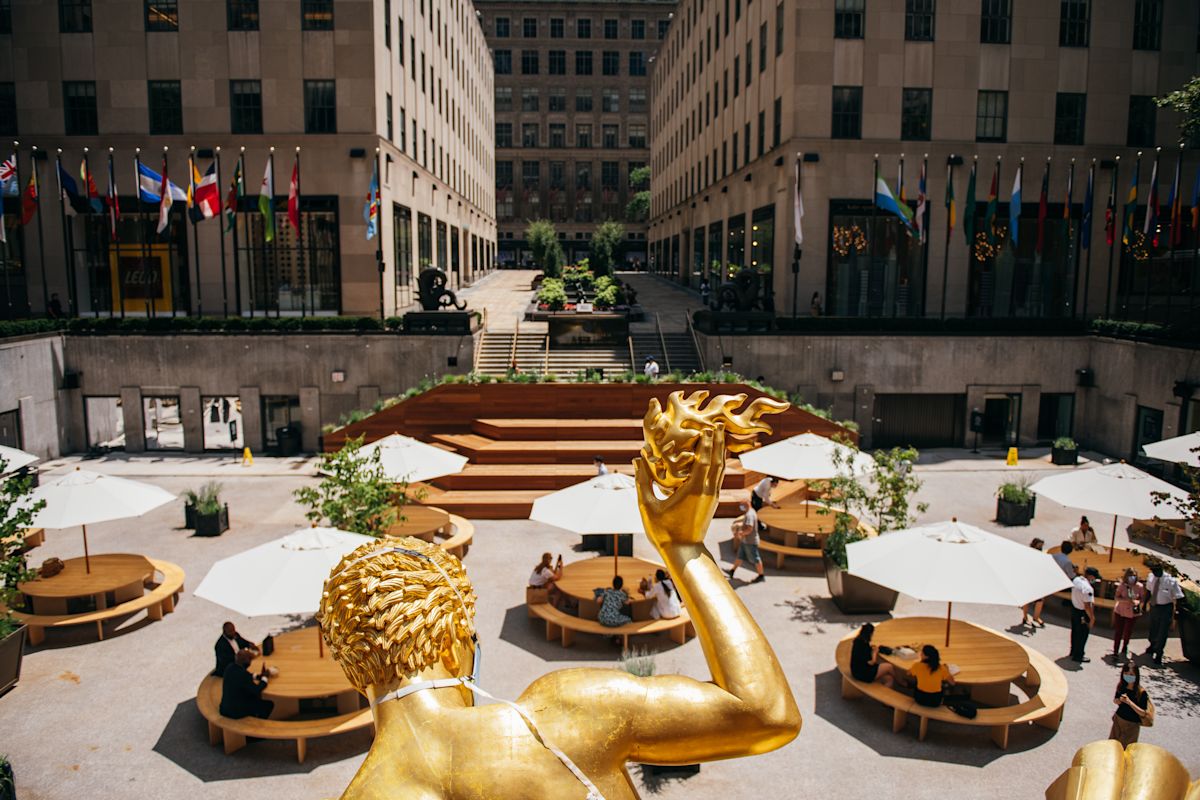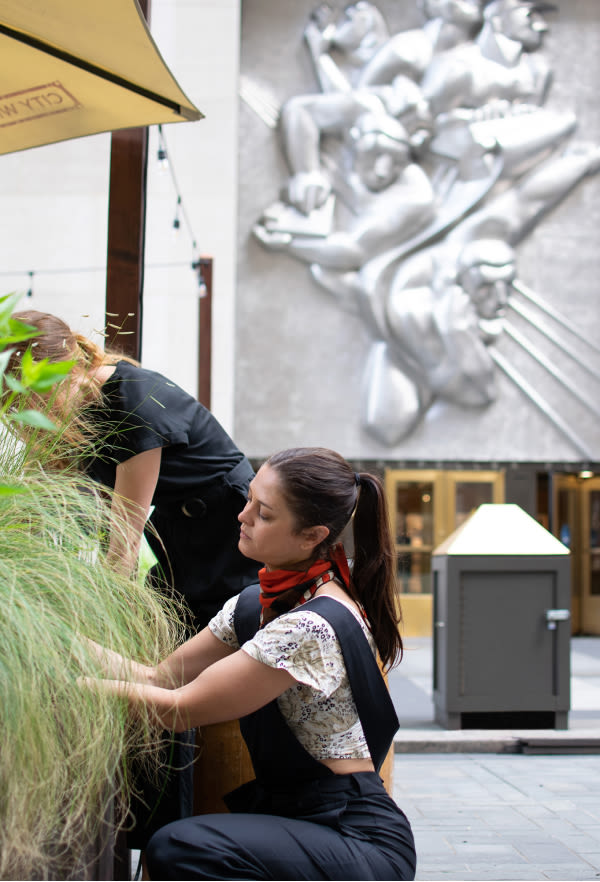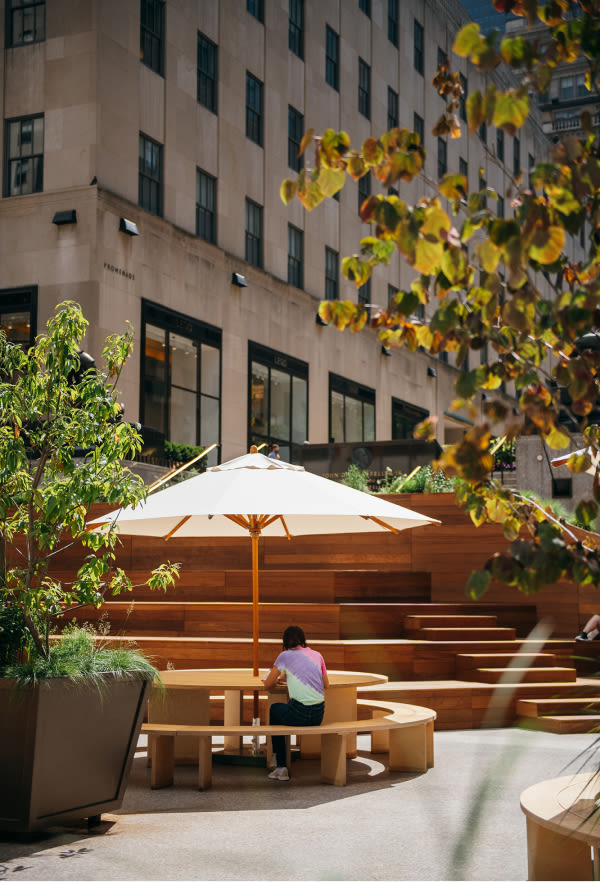Julia Watson and Marie Salembier’s passion for robust, sustainable systems is contagious. They feel deeply about giving a voice to people and practices that hitherto haven’t had a platform, aiming to inform and inspire change in a broader context. You hear it in their voices, you see it in their work, and you feel their conviction that they are indeed at the forefront of an inexorable movement. They started their eponymous firm, Watson Salembier, to move the cause forward and perpetuate the momentum.
When we spoke, what started as a conversation about landscape design spirals into a deeper discourse on the philosophical and ethical underpinnings of contemporary urban policymaking and indeed the very bedrock on which cities and societies are built. As an ecological outsider I’m introduced to provocative turns of phrase like “rewilding” and “radical indigenism.” My imagination runs wild.
They use “rewilding” to describe their considered, deliberate approach to reintroducing an ecosystem of flora that more closely resembles what had existed in the locale prior to human intervention. Native species exist in their locale for good reason—they are adapted to their environment—so it follows that they should be the most hearty and best suited to sustaining the local ecosystem. They’re firm believers that balance and diversity result in stronger, more sustainable systems.
Another tenet that the duo espouses is that we should look around (or inward) at systems humans have already built to figure out how best to go forward. This approach to embracing “radical indigenism” is evident in a book Watson authored called “Lo―TEK,” where TEK is shorthand for Traditional Ecological Knowledge. In it she explores how various indigenous cultures around the world have creatively applied their learned experience to problem solving in their own communities. The book posits that solutions to some of the dilemmas we’re facing today—rising water levels, deteriorating air quality, waste disposal—may very well already exist elsewhere in the world. Watson published the book to share these oft overlooked primitive innovations with the larger world.
Salembier echoes Watson’s desire for local, site-specific interventions when describing her own philosophy toward horticulture and landscape design. This and their mutual desire to apply these philosophies at scale made the two a natural match when they met with the goal of finding a partner with whom they could expand their respective reaches.
Watson Salembier’s work at Rockefeller Center might be a window into the practice’s aspirations. Their intervention, a series of planters brimming with native plants and interspersed amongst the hardscaping that defines the urban superblocks, is a breath of fresh air. And yet the rewilding of one of the most recognizable landmarks of the concrete jungle is a small undertaking compared to what the two women want to accomplish. They’re advocating that their client, one of the most prominent real estate investment companies in the US, implement larger and more permanent horticultural installations across their real estate portfolio. They’re having similar conversations about access to greenspace, communal spaces, and livability on the urban scale with municipalities at home and abroad.
Scaling location-dependent design isn’t easy, and Watson Salembier doesn’t pretend to have all the answers. By speaking at conferences and teaching at universities the hope is that their vision for sustainable, natural-based technologies takes hold, and they create space for new leaders to surface and share their unique knowledge with the world. Much the same way their designs provide a platform for the native landscape to flourish, through their writing, teaching, and civic engagement ensure that indigenous voices are heard.
As our conversation draws to a close, my mind calms. What mystified me initially was elaborated so thoroughly, so convincingly that their thinking and process appears almost self-evident. Of course we need to be rewilding urban environments that contribute to feeling dislocated, and obviously embracing proven nature-based technologies is a shrewd way to evolve our fraught metropolises. Leave it to Watson Salembier to push us forward by looking backward.



































